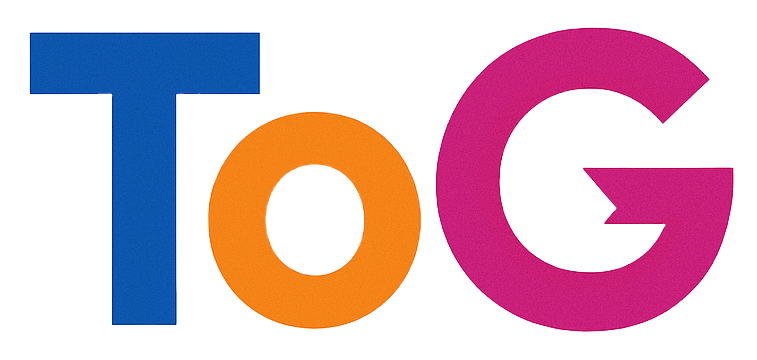Critical Insights: How a Misconfigured 304 Redirect Impacted Our Google Search Performance
In the ever-evolving landscape of website management and SEO optimization, unforeseen issues can significantly influence a site’s visibility and traffic. Recently, our team uncovered a serious misconfiguration that had been silently affecting our SEO health for over a year. This article details our experience and lessons learned to help others avoid similar pitfalls.
The Discovery: An Unexpected Traffic Pattern
Last month, during a routine audit, we identified an alarming trend: a significant drop in our website’s organic search traffic. Our analytics indicated that despite consistent content updates and SEO efforts, our visibility was declining steadily. Further investigation revealed a peculiar setup involving a load balanced dummy server dedicated solely to serving Googlebot.
The Root Cause: A Misconfigured 304 Redirect
Our colleague had implemented a configuration where approximately 90% of Googlebot’s crawl requests were responded to with an HTTP 304 status code. This status indicates that the content hasn’t changed and instructs Google to use its cached version, thereby reducing bandwidth and server load. While this is generally beneficial for reducing server strain, it can be problematic if misapplied.
The server setup involved a dummy server designed specifically for Googlebot. Its purpose was to signal that certain pages didn’t require re-crawling, under the assumption that this would optimize resource usage. However, instead of selectively applying this technique, the redirect was applied broadly across many URLs, and for an extended period—spanning approximately 18 months.
Consequences of the Misconfiguration
The impact of this setup was unintended but profound. By consistently returning a 304 status, Google interpreted that much of our content was unchanged or “dead,” leading to reduced crawling frequency and indexing of our site. Over time, this likely contributed to declining rankings and visibility in search engine results pages (SERPs).
Since implementing the correction—disabling the misleading redirects and allowing Googlebot to crawl content normally—we’ve experienced an impressive rebound. In just one week, our indexed URLs increased from around 7,000 to over 25,000, indicating healthier crawling and indexing activity.
Broader Context: DDoS and Traffic Decline
It’s also noteworthy that our site experienced targeted DDoS attacks over the past year, which further strained our servers and may have contributed to the traffic decline. Combining server strain with the misconfigured Googlebot behavior compounded the negative effects on our SEO performance.
Lessons Learned and Recommendations
- **Proper

